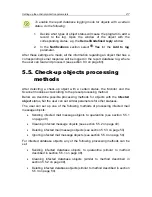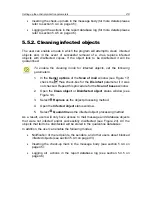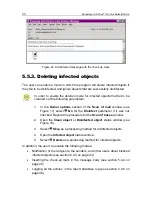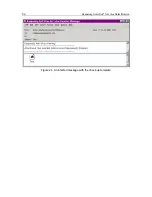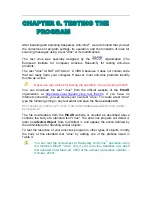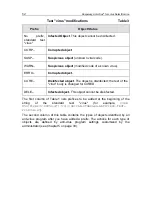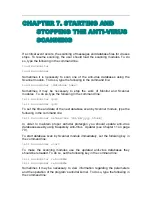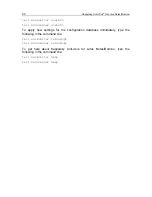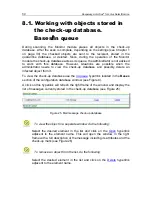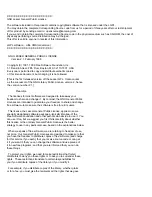
Setting up the antiviral protection parameters
43
Delete
– Delete the objects. This processing method should only be
enabled if you are absolutely sure that these objects must be removed
(see section 5.5.3 on page 50).
Replace
– Replace the objects with disinfected copies. This
processing method should be applied to objects that were disinfected
during the scan.
Besides any object processing method you select, you can also send the object
to the quarantine. To do so, select
Quarantine
. It is recommended that the
user quarantines infected, suspicious, and corrupted objects, as well as objects
that fail to be scanned (see section 5.5.1 on page 48).
With mail messages, the following technique is used. Upon detection of an
infected mail message, its infected part is removed and quarantined. The
message itself is forwarded to the recipient and an attribute is added along with
the mark of every infected object including information regarding the virus
detected and the actions taken (see Figure 21).
Figure 21. A mail message delivered to the recipient after removal of the infected object
It should be noted that if the user had set the infected objects cleaning
mode (for more details refer to sections 5.2.1 and 5.3.1) and the
disinfection process was successful, then these objects would be
subject to the rules set for disinfected objects. If the disinfection
procedure failed then the rules set for infected objects would be true for
these objects as before. Therefore, prior to selecting a processing
method for Infected objects, find out if it is necessary to disinfect them.
5.4.3.
Editing the notification sending
parameters
It is possible to set up Kaspersky Anti-Virus
®
for Lotus Notes/Domino in such a
way that the program will send notifications regarding scanned objects to the



















